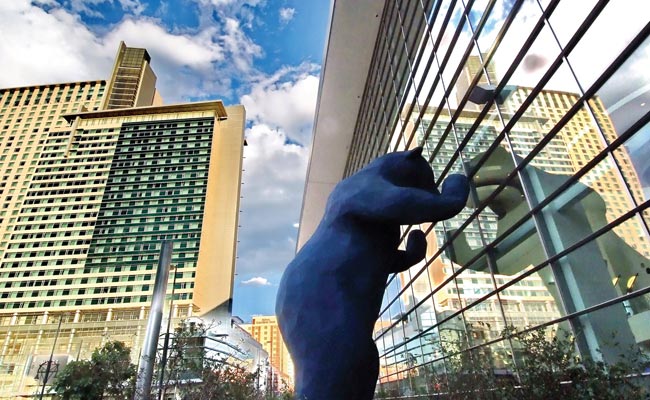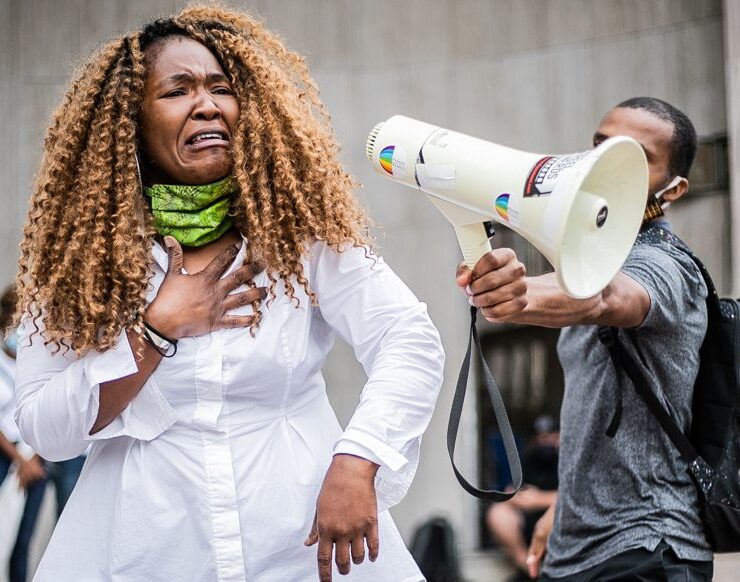Denver Urbanism: Our civic investments pay off

Ken Schroeppel is a faculty member of the College of…
Denver is a city with a strong culture of investing in its future. From the city’s earliest days, Denverites have worked together to fund all sorts of infrastructure projects critical to the city’s long-term viability and competitiveness. In 1870, Denver voters passed a bond issue to finance a 106-mile-long railroad spur to Cheyenne to connect Denver with the transcontinental railroad, helping the fledgling 12-year-old outpost at the confluence of Cherry Creek and the South Platte River remain as a dot on the national map. Since then, Denver citizens have reliably supported civic investments for everything from libraries to airports to stadiums to convention centers to museums.
The record is really quite amazing! Here’s a list I’ve compiled of civic investments approved by City and County of Denver voters over just the past 15 years:
1998: $95 million for various neighborhood capital improvements, $305 million for Denver Public Schools renovations and construction, and $260 million for the new Mile High Stadium.
1999: $261 million for the expansion of the Colorado Convention Center and $125 million for expansion of the Denver Art Museum and the Denver Zoo. Denver voters also approved the state’s TRANS proposal which authorized $1.7 billion for the T-REX light rail and highway reconstruction project.
2002: $25 million for the renovation of the Denver Auditorium creating the Ellie Caulkins Opera House at the Denver Performing Arts Complex.
2003: $148 million for the expansion of the Denver Health Medical Center.
2004: A 0.4% sales tax increase for RTD’s FasTracks program. Denverites also voted to extend the 0.1% Scientific & Cultural Facilities District sales tax for another 14 years.
2005: $378 million for the construction of the new Denver Justice Center, an increase to the city’s lodging tax to pay for Denver tourism and convention marketing programs, and a 10-year exemption from TABOR for the City & County of Denver.
2007: $550 million for a variety of capital improvements for health and human services facilities, transportation and infrastructure projects, libraries, parks and recreation projects, public office buildings, public safety facilities, and existing/new cultural facilities. Denver voters also approved a permanent 2.50 mill property tax increase for additional annual capital improvements.
2008: $454 million for renovations and new construction for Denver Public Schools.
2012: A permanent exemption from TABOR, allowing the city to invest approximately $68 million in additional revenue per year into municipal services and capital improvements, $466 million for improvements to Denver Public Schools, and a permanent 4.86 mill property tax increase for school operations and maintenance.
Whew! That’s almost $3 billion in just city projects in 15 years, and that’s not counting regional projects like T-REX or RTD’s FasTracks program or some of the big infrastructure investments from earlier in the 1990s like Denver International Airport. With a track record like that, it’s no surprise Denver consistently ranks high on most national “best of” lists.
What does this mean to you? If you’re a Denver resident, it means you live in a city that believes in itself, its future, and in providing the infrastructure necessary for a high quality of life for its citizens. If you live elsewhere in Colorado, it means you live in a state with a vibrant capital city, which is important for the whole state to thrive. If you’re a visitor to Denver, it means you have a great urban center to explore complete with an array of cultural, transportation, and civic facilities.
With many cities across the country struggling to reach a consensus on funding needed civic infrastructure, here in Denver, we continue to work together to improve our city’s and region’s urban landscape. That, my friends, is worth celebrating.
What's Your Reaction?
Ken Schroeppel is a faculty member of the College of Architecture and Planning at the University of Colorado Denver. He teaches in the Master of Urban and Regional Planning program. Ken is also the founder of the DenverInfill and DenverUrbanism website and blogs, which offer aspects of sustainable design and urbanism in the Mile High City. Find them at DenverInfill.com.










